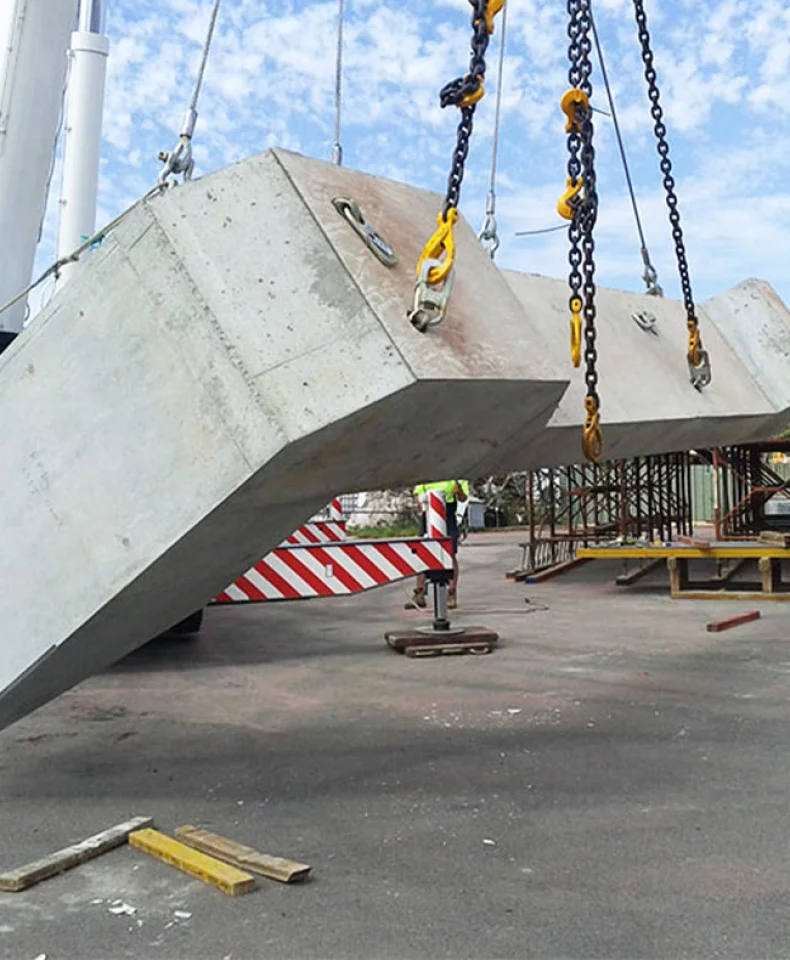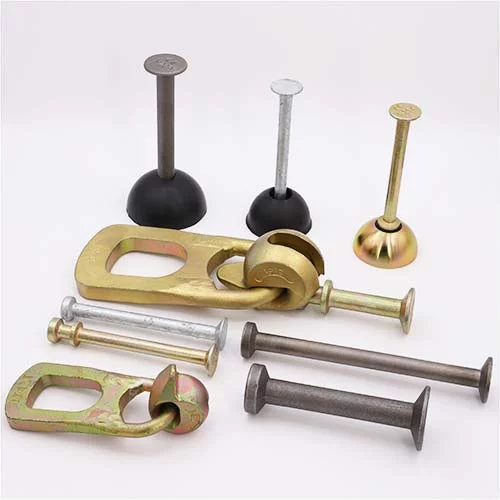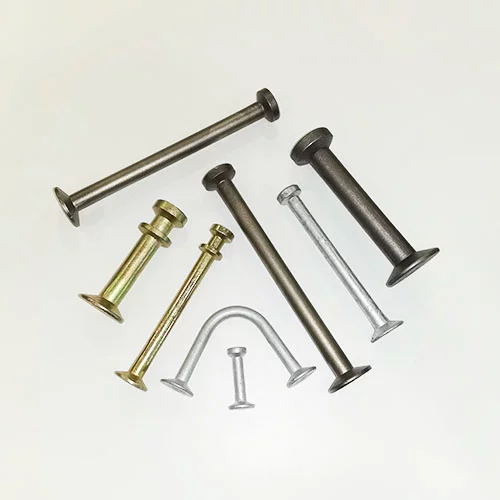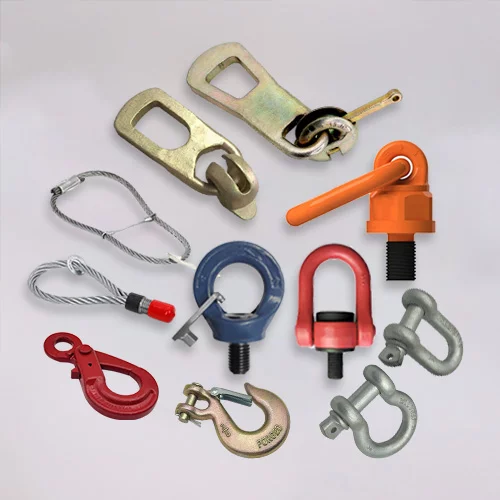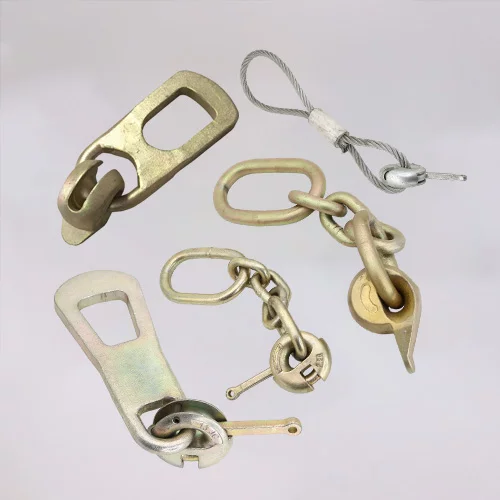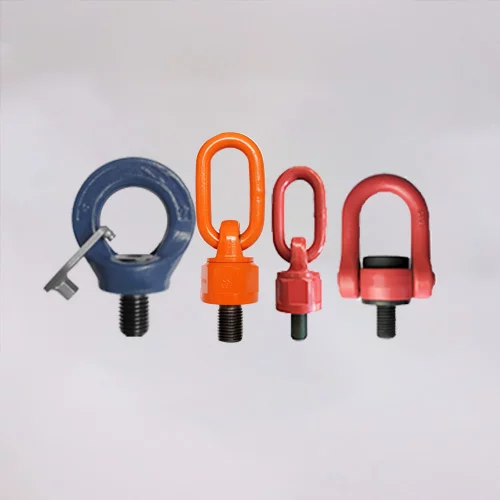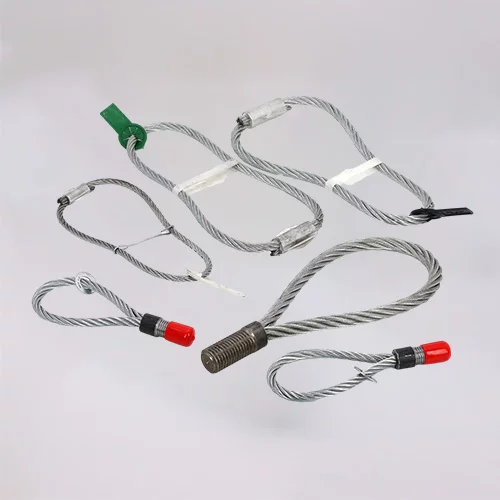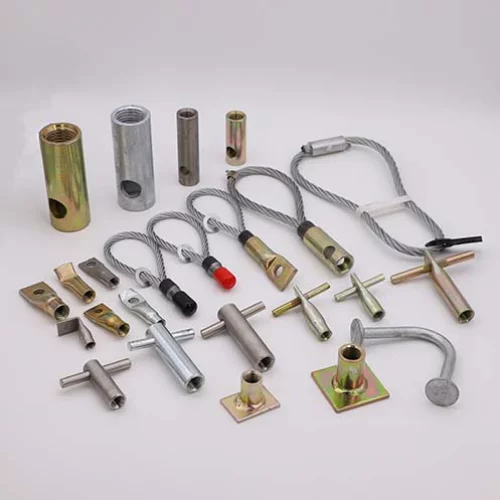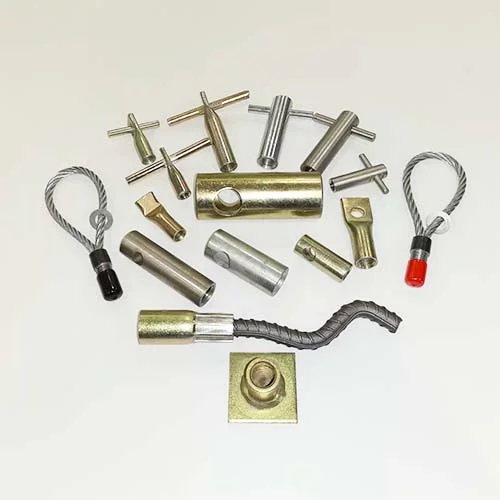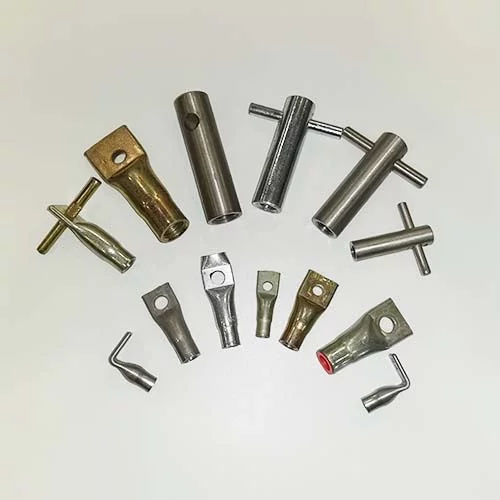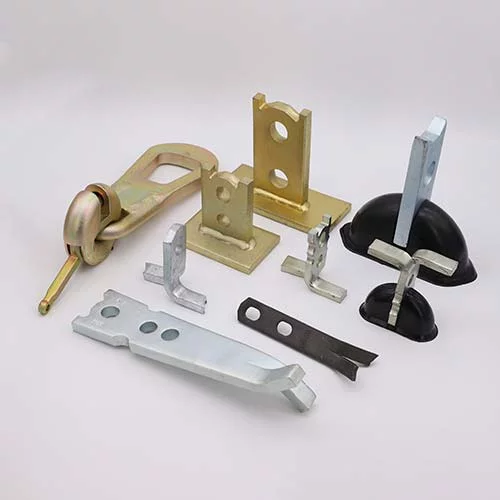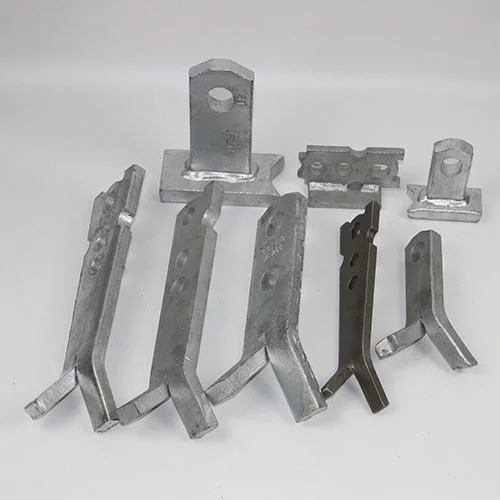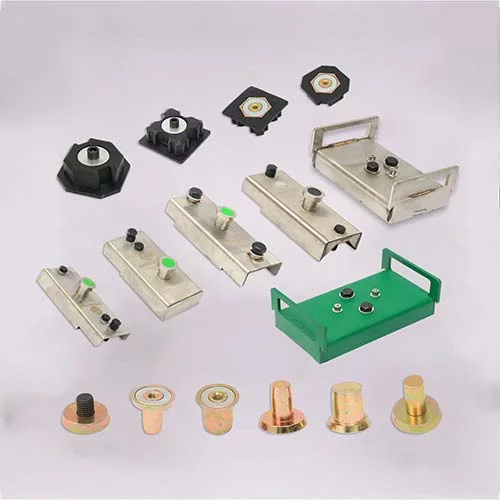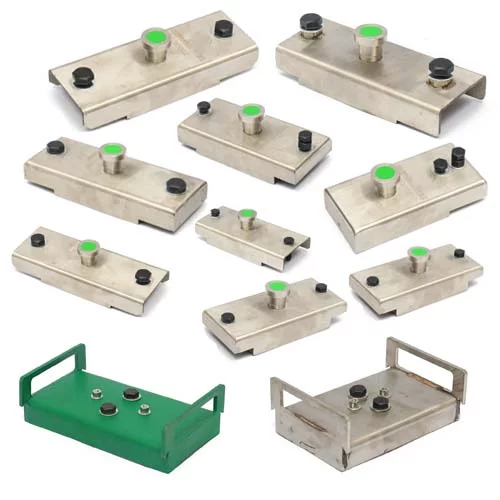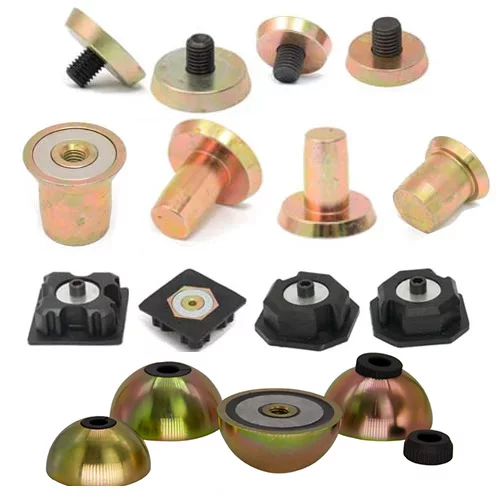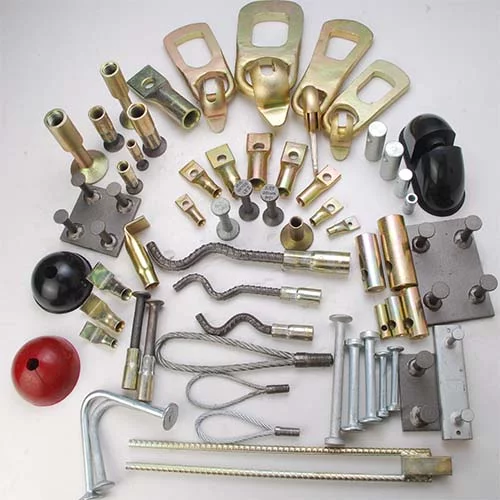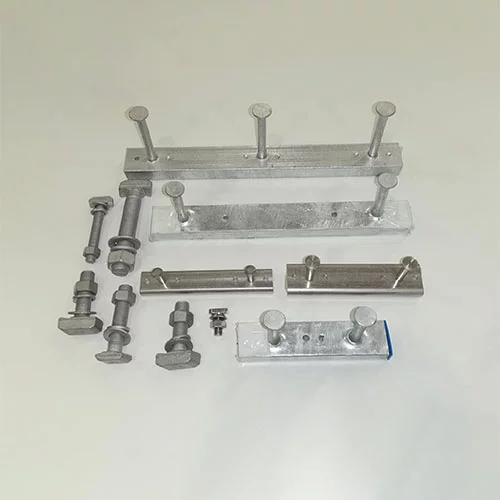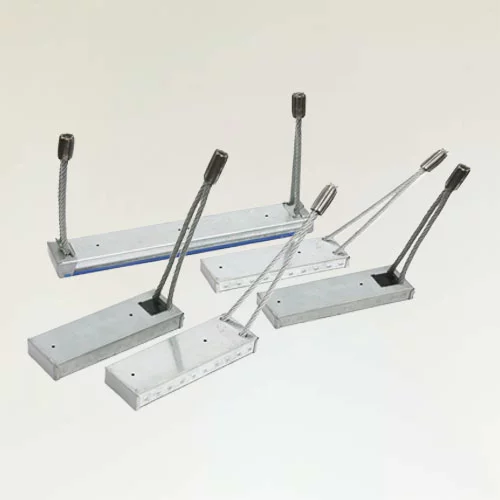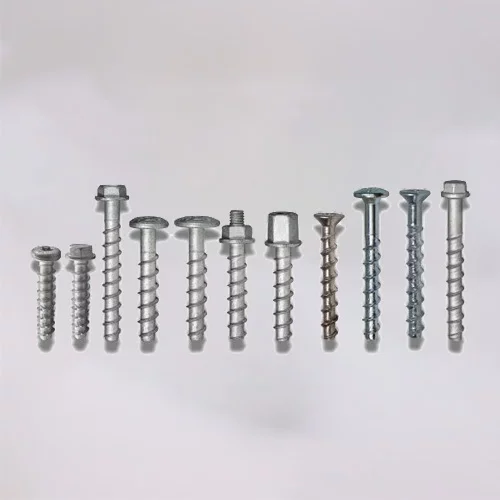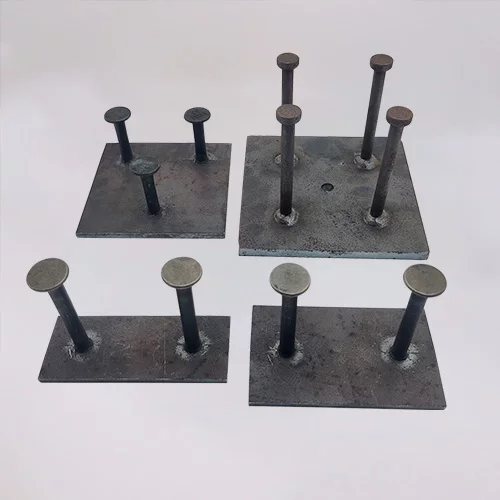Mastering Wire Rope Lifting Loops: From Selection to Safe Operation

In the world of precast concrete handling, the right lifting accessory can make the difference between a smooth operation and costly downtime. Wire rope lifting loops are celebrated for their combination of strength, versatility, and cost-efficiency—qualities that every project manager and site engineer values. In this article, we’ll explore what wire rope lifting loops are, how they’re constructed, and best practices for safe usage. Whether you’re tackling wall panels, beams, or box culverts, you’ll learn how to select, install, inspect, and reuse lifting loops to optimize productivity and safety on site.
What Are Wire Rope Lifting Loops?
Wire rope lifting loops consist of a length of high-grade steel wire formed into a loop, secured by a swaged steel ferrule, and fitted with a threaded end that screws into a matching threaded insert cast flush within a concrete unit. They differ from other lifting solutions, such as welded eyebolts or forged lifting points, by offering:
Flexibility: Loops swing freely for easy attachment.
Compactness: They lie flat against the concrete face when not in use.
Cost-effectiveness: Manufactured from standardized components with minimal machining.
By leveraging the inherent tensile strength of steel wire, these loops deliver dependable performance in axial and diagonal lifts, making them ideal across a spectrum of precast applications.
Materials & Construction
High-Grade Steel Wire: Typically manufactured from 6 × 19 or 6 × 36 constructions, the wire offers excellent fatigue resistance and near-uniform load distribution among strands.
Swaged Steel Ferrule: The loop’s base is secured by a cold-swaged ferrule that compresses and locks the wire in place, eliminating slippage under load.
Zinc Plating: A uniform zinc coating (typically 8–12 µm) protects against corrosion in outdoor or humid environments.
Threaded End: Machined to fit standard lifting inserts—commonly M16 through M42—each end is marked with the Working Load Limit (WLL), thread size, and a unique serial number for traceability.
Through stringent quality control, manufacturers ensure ferrule compression and plating thickness meet industry tolerances, delivering a product that works reliably, lift after lift.
Types & Load Capacities
Wire rope lifting loops are available in capacity ranges from 0.5 tonne (T) up to 12.5 T. Key lifting configurations include:
Axial Lifting (0°): The loop aligns with the pull, supporting its full WLL.
Diagonal Lifting (up to 45°): Permissible with derating factors—typically multiplied by cos θ—to ensure safe operation.
Important Limitations:
No Tilting or Turning: Twisting forces can compromise the ferrule’s grip on the wire.
Temperature Bounds: Standard zinc-plated loops are rated for service between –20 °C and +80 °C. Higher-temperature options require specialized coatings.
By matching loop capacity and orientation to your lift plan, you safeguard against overload and undue wear.
Proper Installation & Usage
To ensure reliable performance:
Select the Right Insert: Use a flush-cast threaded insert of matching diameter and depth.
Clean the Thread: Remove debris or grout residue before screwing in the loop.
Torque to Specification: Hand-tighten, then apply a calibrated torque wrench to the manufacturer’s recommended torque (e.g., 30 Nm for M16, 90 Nm for M24).
Align Loop Plane: Ensure the loop plane aligns with the intended lift direction; avoid unintended side loads.
Common Pitfalls to Avoid:
Over-tightening can strip threads or fracture the insert.
Under-tightening, allowing the loop to “spin” under load.
Cross-threading leads to incomplete engagement and potential thread failure.
A clear, step-by-step installation checklist reduces human error and accelerates setup on busy sites.
Inspection & Reuse Guidelines
One of the greatest advantages of wire rope loops is reusability, provided they pass rigorous inspections before each lift:
Visual Checks: Look for broken or bent wires, kinks, crushed strands, corrosion pitting, or loose ferrules.
Thread Integrity: Inspect for thread deformation, galling, or missing zinc coating.
Serial Record: Confirm the loop’s usage history and previous load events.
If any defect is present, discard the loop immediately. Maintain a digital or paper log of each loop’s inspection date, inspector initials, and remarks—this not only ensures safety but also supports regulatory compliance.
Advantages of Wire Rope Lifting Loops
Cost-Effectiveness: Lower unit cost compared to machined eyebolts or proprietary lifting points.
Operational Flexibility: Quick attachment and removal speed up the lifting cycle.
Space-Saving Design: Loops retract flush when not under load, minimizing protrusions that could snag.
Longevity: With proper care, wire rope loops outlast many welded or forged alternatives.
These attributes translate into real-world savings in both time and materials, especially valuable on large, repetitive precast projects.
Real-World Applications & Case Studies
Precast Wall Panels: On a mid-rise apartment project, 500 M20 loops enabled daily placement of 40 panels, reducing crane dwell time by 15%.
Box Culverts: A civil contractor reused 200 M30 loops across three tunnel sections, cutting lifting hardware costs by 30%.
Beams & Girders: In an industrial plant build, customized 12.5 T loops facilitated the precise positioning of long-span girders with zero reported handling incidents.
Each case underscores how optimized loop selection and workflow integration drive both safety and ROI.
Choosing Your Supplier: Why It Matters
When sourcing lifting loops, consider:
Quality Control: Look for ISO 9001–certified production and third-party testing labs.
Lead Time & Availability: Ensure the supplier maintains stock of common sizes and rapid turnaround for special orders.
Technical Support: Sales engineers who can recommend correct capacities, derating factors, and torque settings.
After-Sales Service: Certification renewals, inspection reminders, and replacement programs to keep your fleet current.
A proactive supplier partnership minimizes downtime and aligns your lifting strategy with best practices.
About HULK Metal
HULK Metal—your trusted partner in precast concrete accessories—brings over 20 years of experience in forging, machining, and surface treatment. With an ISO 9001–certified facility, advanced testing laboratories, and a dedicated technical team, we guarantee high-quality threaded lifting loops that comply with EN 13155, AS 3850, and CE directives. Our full-service offering includes:
Custom Engineering: Design assistance, capacity optimization, and special coatings.
Comprehensive Support: EC Declarations of Conformity, GA1 Certificates, and inspection record management.
Fast Delivery: Strategically located warehouses and streamlined production processes.
After-Sales Care: Regular inspection reminders and replacement programs to extend the life of your lifting loops.
Get your free lifting loop consultation today—reach out to HULK Metal and discover how we can elevate your precast handling operations.
Wire rope lifting loops offer an ideal blend of safety, efficiency, and economy for precast concrete operations. From proper material selection and installation to rigorous inspection and reuse, understanding these key aspects ensures every lift goes smoothly. Ready to enhance your lifting gear inventory? Contact HULK Metal today for expert guidance and tailor-made lifting solutions.
Article Navigation
PRECAST CONCRETE ACCESSORIES
Other Precast Concrete Accessories You Might Want to Know
You can click to learn more about HULK Metal precast concrete accessories such as lifting anchors, precast sockets, spread anchors, shuttering magnets, cast-in channels, wire loop boxes, and other precast concrete accessories you might want to know.
